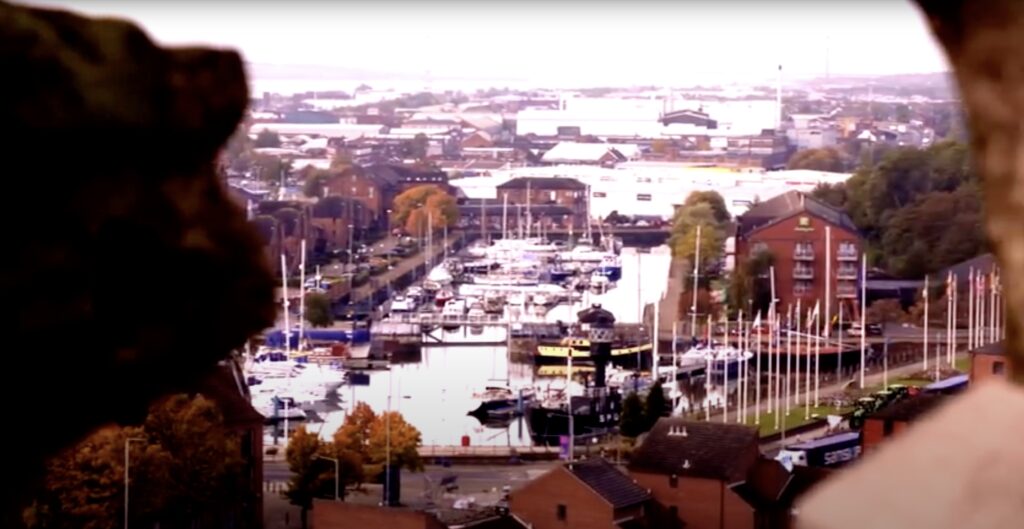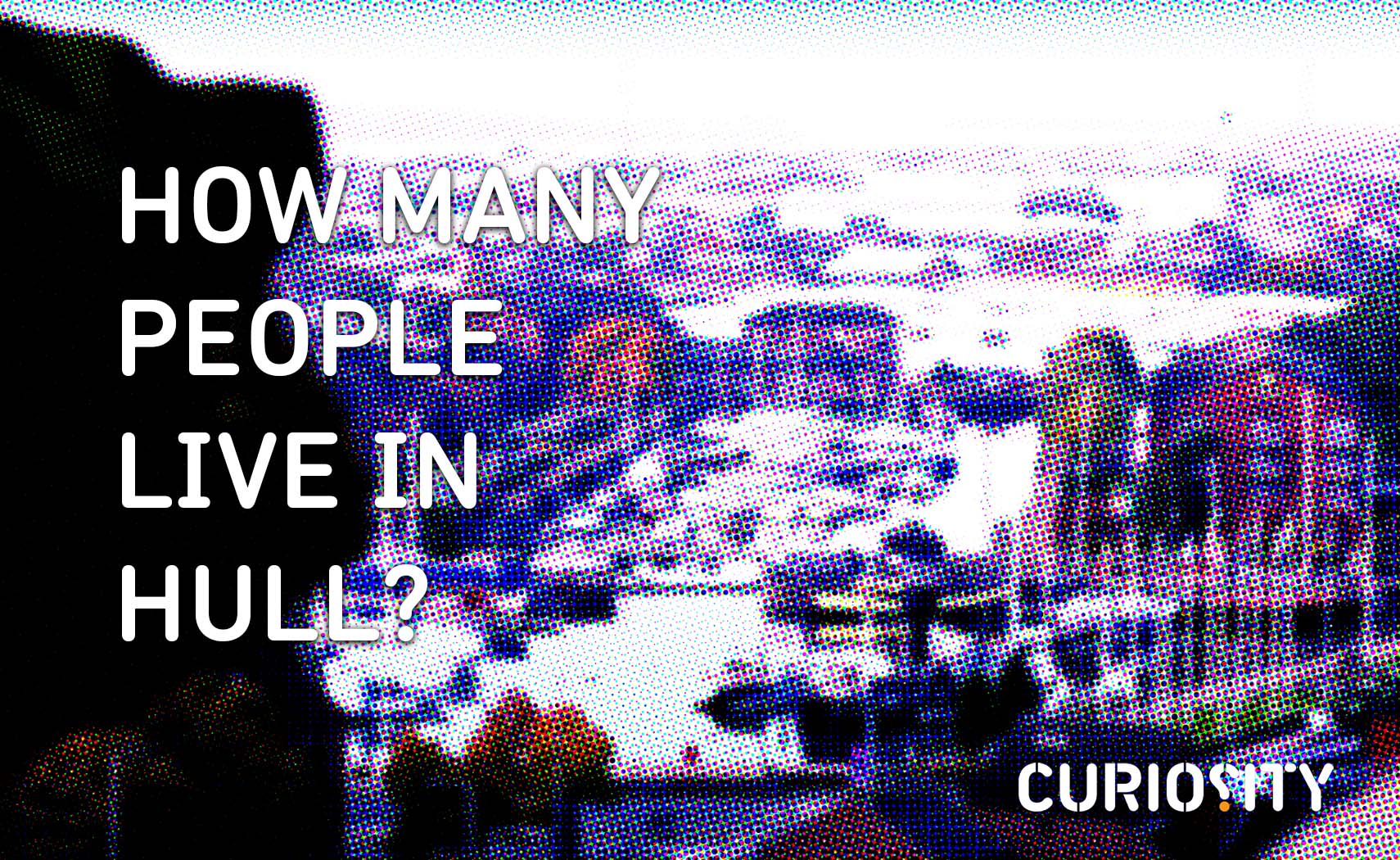To save you having to go round and count them all, we sent our cub reporter Angus Young out to find the most accurate answer he could.
We are able to chart Hull’s population back to 1377 but the first records of how many people lived in the town don’t tell the full story. Instead, they only show who was paying a poll tax which required everyone over the age of 14 who was not exempt to pay a groat to the Crown. Inevitably, the poorest inhabitants were excluded from the count. Overall, 2,366 taxpayers were listed in Hull making it the 25th largest town in England. By contrast, Beverley was in 12th spot with 3,994 taxpayers. The 1377 records also established there were 693 tax-paying households in Hull with nearly one in six sufficiently wealthy enough to keep servants.

Medieval headcounts in Hull were also hampered by plague. In 1349 the Black Death is believed to have killed around half of the town’s population while plagues in the late 15th and early 16th centuries featured lockdowns, entire streets being gated off and strangers being banned from entering the town. Things were so bad at one stage that no official town records were kept for two years. Despite this, Hull’s population always recovered and continued to grow.
When Robinson Cruse author Daniel Defoe visited Hull in the early 1720s, he was not only struck by its bustling port but also by how many people were squeezed into such a small place. “The town is exceedingly close built, and should a fire ever be its fate, it might suffer deeply on that account; ‘tis extraordinarily populous, even to an inconvenience, having really no room to extend itself by buildings,” he wrote. At the time, around 7,500 people lived in Hull, hemmed in by the Medieval town walls and the natural boundaries of the Humber estuary and the River Hull with a military fort on its east bank. By then, Hull was booming but, as Defoe had noted, there was physically nowhere to expand.
That all changed in the 1770s when part of the walls were removed to allow for the construction of the town’s first dock which eventually became Queen’s Gardens.
The first Census in 1801 recorded a population of 22,000. By then, plans were in the pipeline to dismantle what was left of the walls and extend the town southwards to the estuary itself by using material excavated to create the dock.
The industrial revolution and the development of more docks would transform Hull as new areas of housing were developed beyond the Old Town. Free of the constraints of brick walls and water, the city boundaries were extended four times between 1882 and 1935. By the time of the 1901 Census, the city’s population had grown to 236,772.
This remarkable upward trajectory was briefly slowed by the First World War when around 7,000 men from Hull were killed in action.
In the Second World War there were an estimated 1,200 civilian fatalities in addition to military personnel but by 1950 the population was up to 356,138.
The city’s population peaked in 1961 when 368,000 were recorded as living here but then followed four decades of slow but steady decline with families reducing in size and parents increasingly looking to move their children into schools in the neighbouring East Riding. However, over the last two decades Hull’s population has started to grow again.
Between the last two censuses in 2011 and 2021, the population increased by 4.1 per cent to around 267,010 thanks mainly to the development of Kingswood and an influx of people from Poland, Romania and other EU countries.
